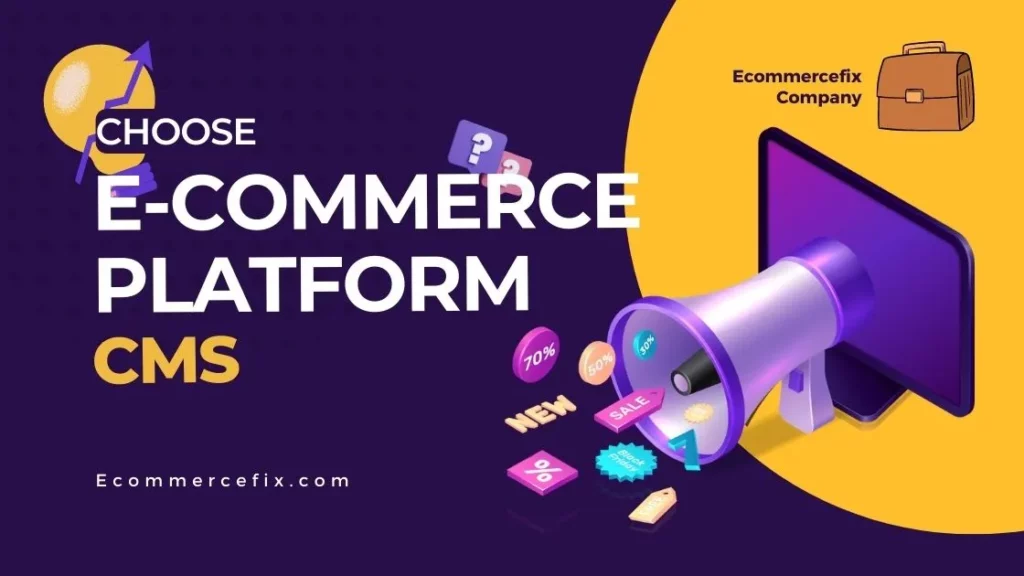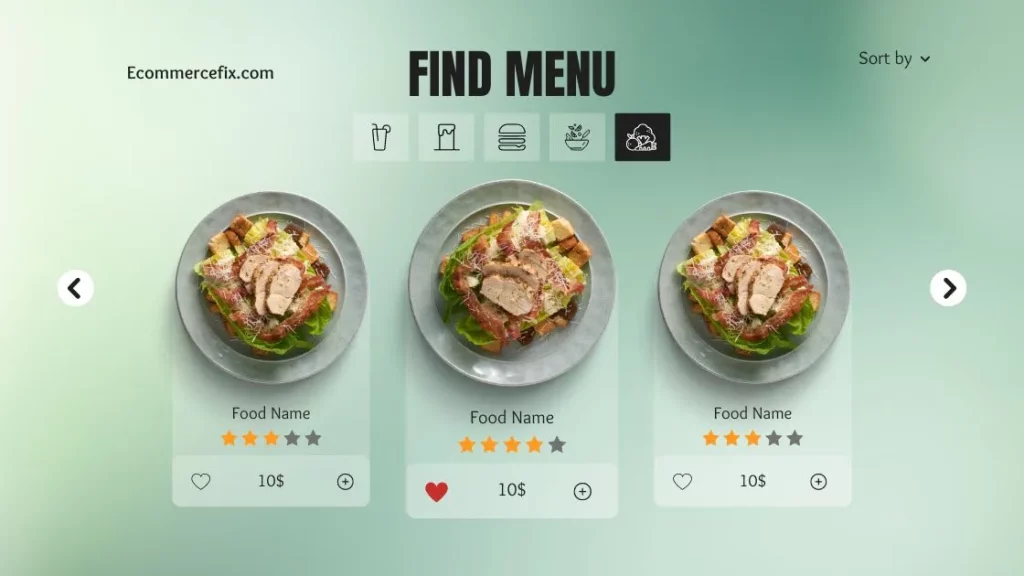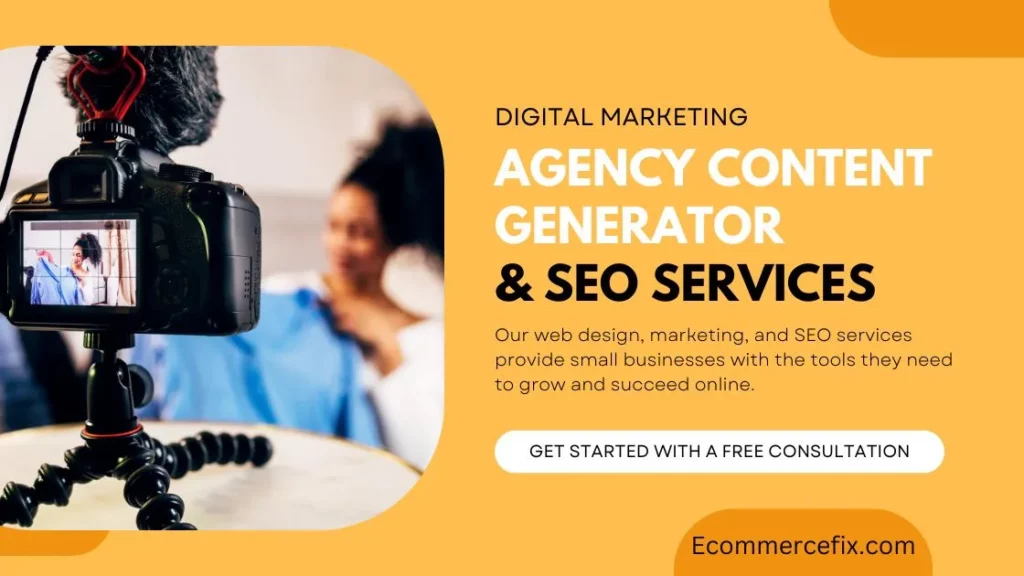Introduction
Welcome to the fascinating world of E-commerce! In simple terms, E-commerce refers to buying and selling goods and services online. It’s hard to imagine our lives without this convenient way of shopping. E-commerce has come a long way according to Business journals since it started during the 1960s Back then, it involved using Electronic Data Interchange (EDI) to exchange business documents electronically. Fast forward to today, and we have multiple platforms that enable us to buy and sell products and services anywhere, anytime! E-commerce is here to stay, and its importance has only increased over the years. With the world going digital, having a robust E-commerce business development strategy is critical. Whether you are an entrepreneur or have an established business, tapping into an E-commerce business can help you expand your customer reach and grow your business in ways you never imagined.
1:Choosing The Right E-commerce Platform
Choosing The Right E-commerce Platform: So, you’ve decided to start an e-commerce business and now looking for the right platform to get started. Well, this is where most of the newbies get stuck. With hundreds of options available in the market, it can be overwhelming to pick the one that best suits your needs. First things first, you need to clearly define your requirements and budget before selecting a platform. Also, think about the scalability factor, because as your business grows, you would need a platform that can cope with your increasing requirements. Now, let’s talk about popular platforms. Shopify, WooCommerce, and Magento are some of the most widely used e-commerce platforms out there. But which one should you go for? And what is the comparative analysis of these ecommerce platforms? Well, Shopify is a top choice for beginners because of its

User-friendly interface and seamless payment integration. WooCommerce, on the other hand, is more suitable for WordPress users. Magento is the go-to option for large-scale enterprises with complex requirements. So which one do you think will be the best fit for your business? Keep in mind these factors when making a decision. Don’t just blindly follow what your friends are suggesting. Instead, take time and make a well-informed decision based on your business requirements. Okay, are you now clear on the platform selection process? Good! here is my detailed article on the best e-commerce platform choosing criteria Let’s move on to the next section.
2:Designing Your Online Store
When it comes to designing your online store, having an appealing storefront is crucial to attracting potential customers. Your website is your first impression, so make sure it’s a good one. A visually pleasing website can increase engagement and sales. Consider the elements when designing your website. The layout, color scheme, font, and images should align with your brand’s image and target audience. Keep in mind that simplicity is key. Having too much on your homepage can overwhelm the visitors and make them bounce to other sites. However, mistakes are inevitable when it comes to designing. One common mistake is having a cluttered or complicated navigation system. Visitors won’t stay long if they have difficulty finding what they’re looking for.

Another mistake is ignoring mobile optimization. A significant portion of online traffic comes from mobile devices, so make sure your website is mobile-friendly. To avoid these mistakes, you can conduct user testing. Ask for feedback from friends, and family, or select your target audience. Consider their suggestions and implement changes accordingly. Remember, your website’s design communicates your brand’s values and personality, so ensure it resonates with your target audience. Designing your online store is a creative process, so have fun with it. Experiment with different elements until you find what works best for your brand. With a little creativity, research, and user feedback, you can create a website that appeals to customers and drives sales for e-commerce business development Contact the ecommercefix team to join our partnership program.
3:Building Your Product Portfolio
Congratulations on choosing an E-commerce platform for your business! Now it’s time to build your product portfolio. First things first, you need to understand your product niche. Are you selling fashion apparel, food, tech gadgets, or maybe even pet accessories? Knowing your market and target audience is crucial for a successful E-commerce business development.

Developing a successful pricing strategy is a crucial step towards running a profitable e-commerce business. It’s important to strike the right balance between pricing your products too high or too low. To find the sweet spot, conduct market research and analyze your competitors’ pricing. Once you’ve nailed down your pricing strategy, it’s time to craft compelling product descriptions that highlight your product’s unique features. Avoid using generic descriptions and pair them with high-quality product images. Remember, building a strong product portfolio takes time and consistency in branding. With a little creativity and strategic planning, your e-commerce business can thrive. Check out our homepage at E-commerce Fix for more tips and insights.
4:Search Engine Optimization for E-commerce
Let’s talk SEO for E-commerce. This isn’t your typical “write some content, sprinkle some keywords” scenario. Nope, we’re diving deep into the basics of SEO for E-commerce because it’s just that important. First up, optimizing for niche keywords. Don’t get sucked into the black hole of generic keywords. Instead, focus on those that are specific to your product niche. This way, you’re attracting the right audience who are more likely to convert. Next, we have building backlinks. It’s not just about getting any old links. You want high-quality backlinks from trusted sources. Partner with other websites in your niche to create some mutually beneficial relationships.

Maybe even start guest blogging for them. And of course, don’t forget about the basics of SEO like creating a clear hierarchy for your website, optimizing your images, and making sure everything is mobile-friendly. Because nothing is worse than a website that doesn’t work on your phone. SEO for E-commerce isn’t a one-and-done deal. It’s an ongoing process that requires effort and attention. But when done right, it can mean the difference between being lost in search engine rankings and ranking on the first page.
5:Marketing And Promotion
Marketing And Promotion: Oh man, you’ve done it! Finally, your e-commerce store is up and running. Congratulations on your new baby. Now comes the scary part – marketing your store. Don’t worry; we got you covered. First things first, you must be living under a rock if you’re not aware of the power of social media. We mean, seriously, just log in to Instagram, and you’ll see every other post is from an e-commerce store.

Social media is the new marketplace, and you need to be there to get noticed. Be sure to build a following by posting engaging content and investing in some paid ads. Next up is email marketing, and no, it’s not dead. Many customers still prefer personalized emails with offers and discounts. A catchy subject line and a well-crafted email will do wonders for your business. Lastly, invest in affiliate marketing. It’s a mutually beneficial relationship where you get sales, and the affiliate gets a commission. Win-win, right? So what are you waiting for? Get out there and start marketing your store for more promotional tactics visit best marketing prepositions.
Conclusion
Finally, there you have it, folks! We’ve covered the basics of building and running a successful e-commerce business development. From choosing the right platform to designing an eye-catching online store, creating a solid product portfolio, optimizing for search engines, and promoting your brand through social media, email marketing, and affiliate partnerships. The future of e-commerce looks bright and exciting. Moreover, With new technologies emerging every day, there are endless opportunities for entrepreneurs to make their mark in this dynamic and rapidly evolving industry. So take these tips and insights, apply them to your own business, and keep pushing the boundaries of what’s possible online! lastly, feel free to contact the e-commerce fix team about any business query thanks.